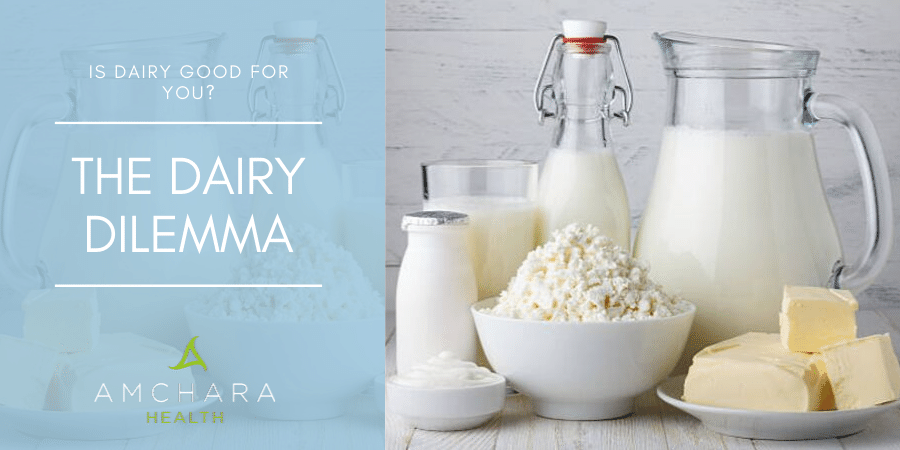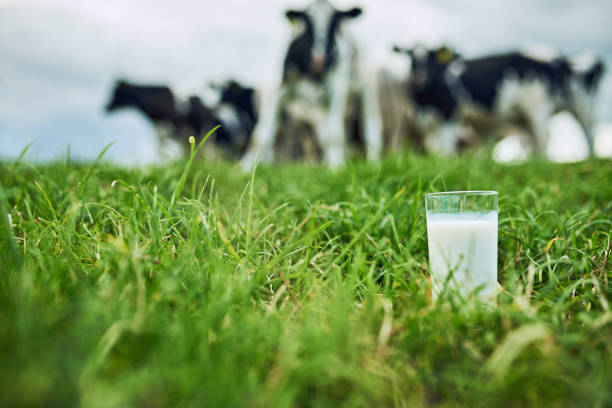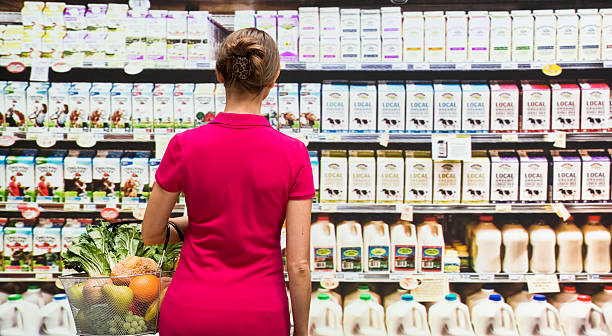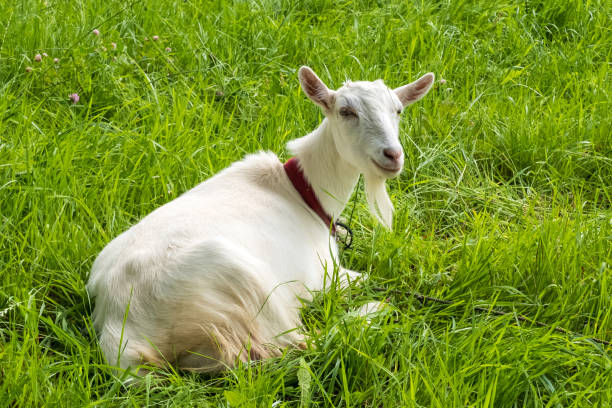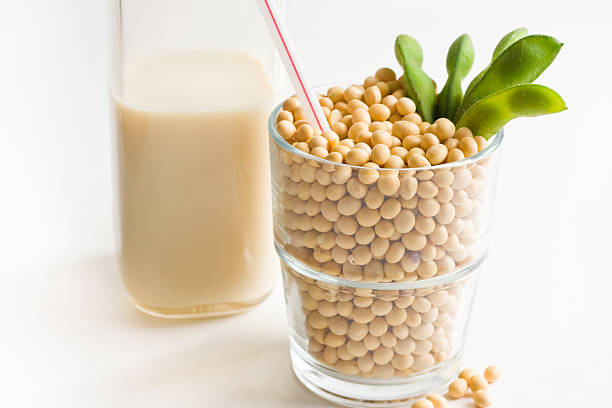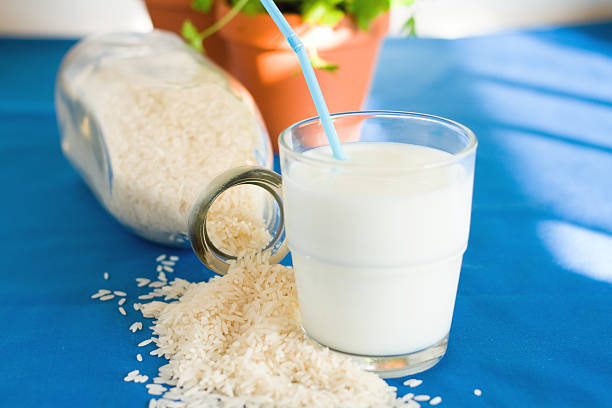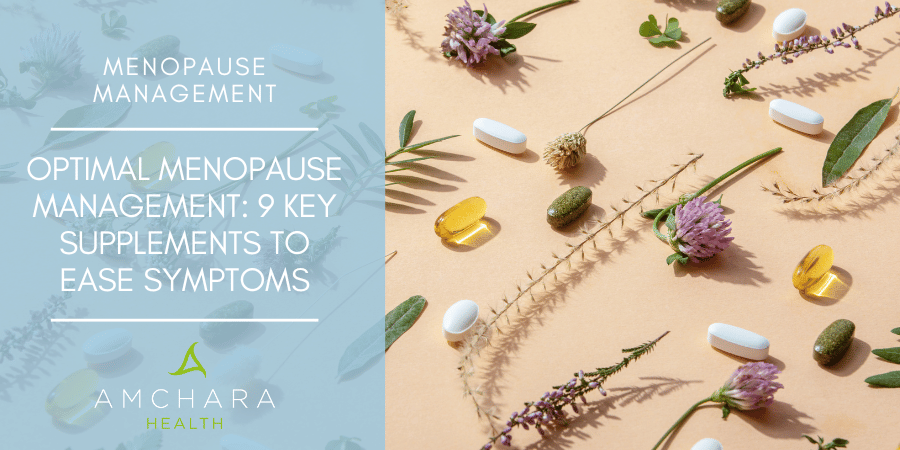Not sure if dairy is affecting your hormone health? Book a Free Hormone Health Consultation Today
Is dairy good for you?
The use of milk and dairy produce are recommended by The Food Standards Agency as a good source of calcium, vitamins and protein.
There is, however, considerable debate into whether the intake of dairy products can have negative effects on your health, with many Naturopaths and Nutritionists supporting this opinion.
We explore both areas in this article and identify the alternatives to dairy.
The UK is the 9th largest producer in the world producing over 13 million tonnes in 2009 and accounting for 2.3% of world cow’s milk production.
53% of the annual production of 13.5 billion litres of raw milk is used to produce milk and the next largest use is for cheese production at 27%.
Average liquid milk consumption for 2009 stands at 1,568mls per person per week.
BBC NEWS: How investigating the dark side of dairy changed me | By Sam Poling: BBC Scotland | https://www.bbc.co.uk/news/uk-scotland-45440535
Nutrient composition of milk
The nutrient value of milk varies between breeds and species and what the animals are fed.
Mostly, whole milk dairy products contain high proportions of fat – typically around 3.6g per 100g and protein around 3.4g per 100g, but dairy products also provide important minerals and vitamins.
Milk is a reliable source of essential amino acids because it contains the correct proportions needed for human health.
It is made of mainly saturated fat with a small amount of mono- and poly-unsaturated fats and some carbohydrate in the form of lactose.
Cheese and butter have lesser amounts of lactose which is why some people with lactose intolerance can manage to eat small amounts of these products.
Yogurt is also often better tolerated because it contains live bacteria that help to break down the lactose.
Milk also contains numerous beneficial enzymes as well as high levels of calcium (approximately 115-120mg per 100mls).
It is also a good source of vitamin D, riboflavin, phosphorous and retinol which the body converts to vitamin A.
TABLE 1. Average vitamin content of goat, cow and human milk per 100g.
|
Vitamin |
Cow |
Goat |
Human |
|---|---|---|---|
|
Vitamin A(1)(2) |
1560.0 (1380) |
2074.0 (1850) |
1898.0 (2410) |
|
Inositol |
110 |
210 |
330 |
|
Choline |
212 |
150 |
90 |
|
Ascorbic Acid |
21.1 (14.7) |
15.0 (13.0) |
43.0 (50) |
|
Vitamin D |
33 |
23.7 |
22 |
|
Pantotheine |
3.46 (3.13) |
3.44 (3.1) |
1.84 (2.23) |
|
Nicotinic Acid |
0.94 ( .84) |
1.87 (2.7) |
1.47 (1.77) |
|
Riboflavin |
1.75 (1.61) |
1.84 (1.38) |
0.36 ( .36) |
|
Thiamine |
0.44 ( .38) |
0.40 ( .48) |
0.16 (0.14) |
|
Vitamin B 6 |
0.64 ( .42) |
0.07 ( .46) |
0.10 ( .11) |
|
Folic Acid |
0.0028 ( 0.005) |
0.0024 (0.001) |
0.0020 (0.005) |
|
Vitamin B 12 |
0.0043 (.0036) |
0.0006 (.00065) |
0.0003 (.00045) |
|
Biotin |
0.031 |
0.039 |
0.008 |
(1) Vitamin A expressed in International Units/liter; all others as mg/liter. (2) Numbers in ( ) are from the USDA Handbook 8-1 (1976).
The argument against dairy consumption
Although the government insists that milk is beneficial to our health, there is considerable debate about whether the consumption of cow’s milk really is very good for us.
Many believe that humans have not evolved enough to be able to digest and absorb dairy which has led to an increase in chronic diseases.
Today milk is one of the most common allergens and has been linked to eczema and acne with a particularly high incidence of acne amongst teenagers.
Doubts about the suitability of consuming dairy products have arisen not just within the vegan and vegetarian community but also amongst those who have or have had oestrogen receptive cancers and those who suffer from lactose intolerance and allergies.
Approximately 25% of the U.K’s population is deficient in the enzyme needed to digest milk properly, with allergies to cow’s milk affecting 75 in 1000 babies.
Quite apart from the belief that we are not designed to consume another species’ milk after infancy, there is also the added concern that dairy consumption may contribute to a number of debilitating health conditions.
Some studies suggest that unlimited dairy consumption may be linked to certain forms of cancer, heart disease, asthma, diabetes and obesity due to the high content of fat and cholesterol in milk and cheese.
The Hormone Link
There are several natural hormones found in both organic and non-organic milk that may be a contributing factor to hormone imbalances that affect health.
Quite apart from the high fat and cholesterol content of milk and cheese, commercial farming practises may mean that dairy products contain traces of hormones and growth factors that have the ability to interfere with specific pathological and physiological functions.
What’s more, the presence of hormones in dairy products has the potential to disrupt mechanisms in the endocrine system.
When it comes to hormone balance this is something of a concern.
As well as oestrogen and progesterone, milk is a direct source of prolactin, corticoids and the male sex hormones testosterone and dihydrotestosterone.
Moreover, other hormones such as prostaglandins and insulin-like growth factor (IGF-1) – which plays an important role in glucose metabolism – have also been reported in dairy products.
Oestrogens found in the human diet are thought to come mainly from dairy, the elevated oestrogen metabolites are present due to the cows being milked in the late stages of pregnancy. Researchers have identified that skimmed milk has more total oestrogens than part-skimmed or whole milk.
Natural growth hormones, found in milk and dairy, such as IGF-I have been shown to increase with milk consumption in both children and adults.
This may be due to calcium in milk which raises IGF-1, as well as milk’s ability to increase insulin levels which in turn raises IGF-1. I
t could also be that casein a protein found in milk has traces of IGF-1 in it.
Insulin is another hormone of concern in relation to chronically raised levels, which can lead to insulin resistance, a factor in type 2 diabetes.
In addition to this, the amino acid profile of cow’s insulin is different from humans and appears to survive pasteurisation as well as having the potential to pass through the gut barrier which could be problematic for those that have gut permeability issues.
Furthermore, Betacellulin – an Epidermal Growth Factor (EGF) hormone found in milk, cheese and whey may be able to enter the circulation through the gut.
Research has identified that there are increased numbers of EGF receptors in many cancers.
These factors could explain why several studies have linked dairy products to acne, diabetes and some cancers. Several cancers including colon, endometrium, breast, pancreas and prostate tumours are associated with high levels of IGF -1.
Milk is also the main dietary source of D-galactose which has been found in studies to be detrimental to health. Research shows that D-galactose induces oxidative stress, chronic inflammation and reduces our immune response.
Theoretically these processes place us at higher risk for cardiovascular disease and cancer.
What’s more, it is thought that dairy products may also be contaminated with pesticides, dioxins, drug residues and hormones used to boost milk production.
For those continuing to eat dairy it would be worthwhile investing in organic products to avoid the pesticides and chemicals that are concentrated in the fat found in non-organic dairy.
Digestion and absorption
Your DNA also plays a role in your ability to digest dairy, specifically the sugar found in milk and milk products called lactose.
The gene responsible for this is the LCT gene which controls the production of lactase, the digestive enzyme which breaks down lactose in the small intestine for absorption.
Usually, the LCT gene is only active for the first few years of our lives when we have an increased requirement to absorb lactose from breast milk or formula.
After weaning the expression of this gene usually decreases.
However, some people are born with a mutation on the LCT gene, which severely impairs their ability to digest lactose and dairy should be avoided.
On the other hand, some people have a genetic variation which means they do not experience a natural decline in lactase production and maybe able to tolerate lactose into adulthood.
What about the calcium content?
Many people consume milk because of its calcium content which is a mineral the body needs for a number of functions.
It is probably best known for maintaining healthy bones and teeth but is also needed for blood clotting, the transmission of nerve impulses and to regulate the heart’s rhythm.
The government recommends that adults consume 1000 -1,200mg calcium per day.
Whilst dairy products represent rich and absorbable sources of calcium – for vegans or individuals that cannot tolerate milk or dairy products there are other vegetables and grains that also provide good levels of calcium.
However, it is important to consider the bioavailability of some sources of calcium.
Calcium-rich plants from the kale family such as cabbage, bok choy, broccoli, mustard and turnip greens contain calcium that is just as well absorbed as that in milk.
However, there are other types of plant food that contain oxalic acid (or oxalate) a component that inhibits the absorption of calcium.
Oxalate is found at high concentrations in rhubarb and spinach. Lower concentrations are also present in sweet potatoes and dried beans.
It should also be noted that phytic acid (or phytate) is another calcium inhibitor although it’s not as potent as oxalate.
Concentrated sources of phytate are found in wheat bran and dried beans, however yeast possesses, an enzyme called phytase that breaks down phytate in grains during fermentation which reduces the phytate content of breads and other fermented foods.
As well as absorption issues there are other factors that can affect calcium status in the body:
-
High protein diets increase the loss of calcium through the urine. In particular protein sourced from animals is more likely to cause calcium loss than plant sourced proteins. This may be one of the reasons why vegetarians often have stronger bones than carnivores
-
Smoking increases the loss of calcium from the body.
-
Caffeine speeds the rate at which calcium is excreted through urine
-
High salt diets increase calcium losses in the urine.
Best sources of non-dairy Calcium
|
FOOD |
AMOUNT |
CALCIUM/mg |
|---|---|---|
|
Vegetables |
|
|
|
Acorn squash, cooked |
1 cup |
90 |
|
Arugul, raw |
1 cup |
125 |
|
Bok Choy, raw |
1 cup |
40 |
|
Broccoli, cooked |
1 cup |
180 |
|
Chard or Okra, cooked |
1 cup |
100 |
|
Chicory (curly endive), raw |
1 cup |
40 |
|
Collard greens |
1 cup |
50 |
|
Corn, brine packed |
1 cup |
10 |
|
Dandelion greens, raw |
1 cup |
80 |
|
Kale, raw |
1 cup |
60 |
|
Kelp or Kombe |
1 cup |
60 |
|
Mustard greens |
1 cup |
40 |
|
Spinach, cooked |
1 cup |
240 |
|
Turnip green, raw |
1 cup |
80 |
|
FRUITS |
|
|
|---|---|---|
|
Figs, dreid, uncooked |
1 cup |
300 |
|
Kiwi, raw |
1 cup |
50 |
|
Orange Juice, calcium fortified |
8 oz |
300 |
|
Orange Juice, from concentrade |
1 cup |
20 |
|
LEGUMES |
|
|
|---|---|---|
|
Garbanzo Beans, cooked |
1 cup |
80 |
|
Legumes, general, cooked |
0.5 cup |
15 to 50 |
|
Pinto Beans, cooked |
1 cup |
75 |
|
Soybeans, boiled |
0.5 cup |
100 |
|
Temphe |
0.5 cup |
75 |
|
Tofu, firm, calcium set |
4 oz |
250 to 750 |
|
Tofu, soft, regualr |
4 oz |
120 to 390 |
|
White Beans, cooked |
0.5 cup |
70 |
|
GRAINS |
|
|
|---|---|---|
|
Cereals (calcium fortified) |
0.5 cup |
135 |
|
Amaranth, cooked |
0.5 cup |
135 |
|
Bread, calcium fortified |
1 slice |
150 to 200 |
|
Brown Rice, long grain, raw |
1 cup |
50 |
|
Oatmeal, instant |
1 package |
100 to 150 |
|
Tortillas, corn |
2 |
85 |
|
NUTS & SEEDS |
|
|
|---|---|---|
|
Almonds, toasted, unblanched |
1 oz |
80 |
|
Sesame seeds, whole roasted |
1 oz |
280 |
|
Sesame tahini |
1 oz |
130 |
|
Sunflower seeds, dried |
1 oz |
50 |
|
FISH |
|
|
|---|---|---|
|
Mackerel, canned |
3 oz |
250 |
|
Salmon, canned, with bones |
3 oz |
170 to 210 |
|
Sardines |
3 oz |
370 |
|
OTHER |
|
|
|---|---|---|
|
Molasses, blackstrap |
1 Tbsp |
135 |
What are the alternatives to dairy?
The growing trend towards the consumption of dairy alternatives has created an opening for supermarkets and health food shops.
Not surprisingly they have recognised the need for alternatives to conventional dairy products and stock several different types of milk.
These offer differing nutritional advantages.
Goats Milk
Although thought of as an alternative to cow’s milk, on a global level more people drink goat’s milk than cow’s milk.
Goat’s milk has many of the same nutritional benefits as cow’s milk including good levels of calcium, biotin, vitamin D, Pantothenic Acid and Riboflavin – see table 1. 100g of goat’s milk provides 69 calories, 3.6 grams of protein, 11 grams of cholesterol, 4.1 grams of fat and 4.5 grams of carbohydrate. In addition to this it has high levels of short and medium chain fatty acids, which have many recognised medicinal values.
The greatest benefit however, is that those who cannot drink cow’s milk are able to tolerate goats milk.
Unfortunately, there are nutrients lacking in goats milk, which make it unsuitable for growing infants.
The higher renal solute load can place stress on an infant’s kidneys in the first month of life, causing a dangerous condition called metabolic acidosis.
Reassuringly for those with health concerns relating to oestrogen receptive cancers, one of the leading goat farms in the UK claim they do not use hormones to increase yield and antibiotics are not used routinely either.
The goats are fed a nutritionally balanced diet based on organic red clover leys.
This is supplemented with a nutritious feed mix consisting of wheat bran, sugar beet pulp and brewer’s grains.
Furthermore, the goats have never been fed any kind of meat and bone meal or any other animal protein.
Goat’s milk may also be considered a safer option for those concerned with the levels of pesticides and growth hormones found in cow’s milk.
Results taken from a study carried out in Greece in 2010 reinforced the idea that goat’s milk may be a healthier alternative to cow’s milk. 200 milk samples were collected from sheep and goats across ten farms to analyze for pesticide residues.
Samples taken for the study were selected from farms, which represented common conventional production and feeding systems.
No pesticide residues were detected in these samples, concluding that sheep and goats milk presented no human health risks in relation to the contaminants analysed.
Soya Milk
Soya milk is made from grinding dry soybeans with water.
The protein content is approximately the same as cow’s milk.
It also contains 2% fat and 2.9% carbohydrate.
However, it contains little digestible calcium as it is bound to the beans pulp, which is insoluble in humans.
This is overcome during the manufacturing process by the addition of calcium carbonate to enrich the final product.
This product can then be made into tofu in the same way that dairy milk can be made into cheese.
Soya milk may not always be suitable for vegetarians or vegans as the fortified vitamin D may be sourced from lanolin.
Because Soya doesn’t contain galactose, a product of lactose breakdown, it can safely replace breast milk in children with galactosemia. Soymilk contains no lactose, which makes it a good alternative for lactose-intolerant people.
There has been much controversy surrounding the phytoeostrogenic properties of soya and its associated breast cancer risks.
However recent studies suggest that phytoestrogens from soya pose no safety issues with regards to breast cancer.
This view is endorsed by the European Food Safety Authority committee who offer further advice that in the case of menopause soya can offer valuable benefits.
However, there are still grave concerns about genetically modified soy plants.
The last 10 years have seen a flow of studies published in prestigious scientific journals that question the impact and safety of engineered food.
Before choosing soya milk individuals should make their decision based on food safety and scientific evidence.
Those with concerns can find non-GMO soy milk, in some health food shops.
Rice Milk
Rice milk is commonly made from brown rice cooked with water, blended and strained. It contains more carbohydrates than cow’s milk and has less protein and calcium.
It has no cholesterol and is lactose free making it suitable for those who are lactose intolerant.
Many commercial brands are fortified with vitamins A and D, some B vitamins, calcium and iron.
Long term use of arsenic contaminated groundwater to irrigate rice crops in Bangladesh has resulted in elevated soil arsenic levels.
This has raised concerns that rice grown on these soils has an accumulation of arsenic that may be toxic.
In May 2009 the Food Standards Agency issued a warning against feeding rice milk to infants and toddlers from 1 to 4.5 yrs old based on the publication of two studies examining the arsenic levels in both milk drinks and on the cooking methods of rice.
Although the arsenic content was not found to be over the legal limit a warning was issued based on the likelihood that children in this age group will drink a relatively large amount of rice milk.
Therefore, their intake of arsenic would be greater than that of older children and adults relative to their bodyweight.
Other Available Milk Alternatives
Other milks often used to replace dairy products include: almond milk, oat milk, hemp milk, hazelnut milk, quinoa milk, sunflower milk, cashew milk and coconut milk. Many non-dairy types of milk available from shops have added sugars to enhance the flavour and some are fortified with calcium and vitamin D.
-
Coconut Milk –The rich taste of coconut milk is due to its high oil content. Virgin coconut oil is composed mainly of medium-chain triglycerides, which may not carry the same risks as other saturated fats.
-
Almond milk is light with a subtle nutty flavour and doesn’t contain lactose which is suitable for those that are lactose intolerant. It is also really easy to make yourself.
-
Hemp milk is an excellent source of protein as well as omega 3 essential fatty acids but is relatively low in calcium.
-
Hazelnut milk is low in calories but rich in omega 3s, as well as being a good source of B vitamins.
-
Oat milk has a mild sweet flavour and has higher levels of protein than almond or hazelnut milk
-
Sunflower milk is fairly rich and has a taste somewhere between soy and almond milk. It provides good levels of protein, essential fats and vitamin E.
-
Quinoa milk is gluten free, high in protein and contains all 9 essential amino acids.
-
Cashew milk is rich and creamy, a good source of protein, vitamin K, iron and magnesium.
Read this next:
